Consistency In Glass Design
Glass structural elements have become increasingly common to the point of ubiquity; however, there currently is no universally recognized and
Glass structural elements have become increasingly common to the point of ubiquity; however, there currently is no universally recognized and
The development of methods to predict and control moisture accumulation in building envelopes has always been a key element in building science.
Today’s building enclosures face ever greater demands regarding their thermal performance. In cold climates, the required total U-value of the façade
The use of glass in the exterior facades provides greater light transmission into the building and improved views for occupants. Coastal areas in
In recent years, the desire for increased performance, transparency and visual flatness of glazing elements in curtain walls has generated renewed
Designing for blast performance for glazing units can be very complex. The test methods for evaluating performance include subjecting units to actual
Structural silicone sealant is commonly used in glass fin applications, both as a weatherseal and as for structural attachment. A common concern for
Several years ago, Technoform and the Solar Energy Research Institute of Singapore (SERIS) researched the thermal performance of different aluminum
Concerns over time-dependent argon permeation through the perimeter edge seals of insulating glass units (IGUs) led the authors to utilize two

Thermal bridging through building façades have been overlooked by designers and building energy codes and standards in the past, which has led to
Historical published weathered annealed failure data consisting of 13 samples were collected and glass failure prediction model surface flaw
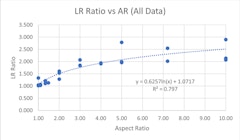
Model building codes and standards in the United States use a probabilistic model to define glass load resistance (LR). In general, these model
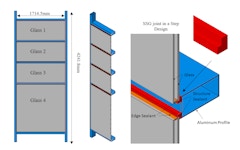
With the advent of more sophisticated analysis methods and the desire to optimize geometries of structural silicone joints in high performance

The recent 50 year anniversary of the first use of silicone sealant in a 4-sided structural silicone glazing application marks a sustainable and
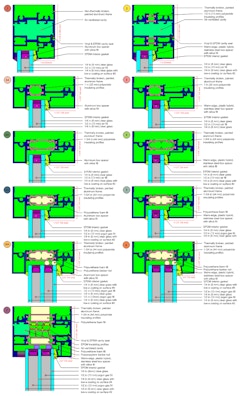
This paper discusses a simulation study of different window systems, where heat transfer simulations were performed to investigate thermal
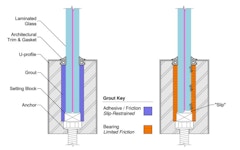
Effective thickness is a simplified method for the structural evaluation of laminated glass section properties. The method consists of defining the
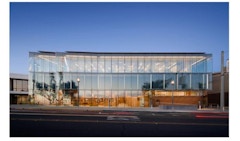
This paper tells the story of a Double Skin Facade (DSF), where high performance and multi-disciplinary collaboration saves a library concept of

Building design criteria requires that government buildings be designed for a variety of extreme loads including blast, hurricane, and impact
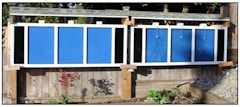
Recent years have seen an increased use of insulated glazing units in spandrel applications to visually blend the appearance between the vision and
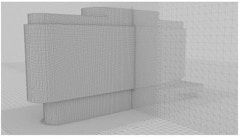
Wind induced pressure is a major design consideration for building facades. However, the effects of facade geometry and urban terrain on wind loading